|
Find this lesson here: On the belly, twisting movements to free the head and neck | Heather (Danso) Emanuel GCFP on Patreon
A lesson of movements lying on the abdomen (mostly) letting legs fall right and left, while softly letting go of usual co-contraction along the spine, in the ribs, and in the whole self. When you practice using movement to help lower your habitual level of tension, you find an alternative way of holding yourself, better breathing, easier carriage of the head over your shoulders, and also greater freedom in your shoulder blades. What this means is you'll have more room to feel more like yourself.
0 Comments
A lesson drawn from multiple sources. Take it easy, and remember, in the rolling part, to keep your arms long, so that the legthening of the leg passively brings you up as you round and soften your chest. Don't worry if you aren't sure about something! See if you can use your confusion to find a way.
This class will be available on my Patreon Page patreon.com/heatherdanso This can be one of those lessons where you try something, take a break, try it again, take a break. Remember to decrease the amount of effort as you become comfortable/oriented to a movement. One of the signs of using a lot of effort is your breathing (or lack there-of). Another sign might be using your upper body to lift your pelvis, or pinning your head in the center during rolling movements. Remember, the movements are here for you to learn about yourself: in themselves, the movements aren't the point. So more/larger isn't better. Small, and clear is more helpful. Feel what you do. Feel the trajectory of movement. Listen for ease in your breath, hands, jaw, and eyes as you go.
Available on Patreon patreon.com/heatherdanso The final class of the summer is a whole lot of rolling, using arching, rounding, lengthening, shortening, and the leverage of our hips. Have fun! This is sourced from many places, and is an amalgam of other lessons. More to come, another time. Audio here: patreon.com/heatherdanso On one level, we are making friends with our whole leg, lower leg, foot and ankle. On another level, we are softening the chest, lengthening the back--lowering the static along the back body including back of the leg. This is a good moment to consider "reciprocal inhibition" - the principle that when the muscle on one side is working, the muscles on the other (ideally) soften. So, when we are lifting the head, we are engaging (gently) the front of us, which encourages the back of us to soften. And when we stand, things are recalibrated. What does that feel like? Perhaps greater stability with less work. You might feel like putting your socks on has suddenly become much more graceful, with your balance improved. Your hip joints may feel alive and softly present. Or, perhaps you feel how soft your lower ribs are, and how easy breathing is. Maybe something different? Here's a photo reminder of some of the possible shapes you may make (imagine me setting the timer on my phone and rushing to the floor! You'll probably be more relaxed. . .). Just so you know, these are after I have done this lesson--you may start with your legs much more bent than this. We finished with some variations of rolling and twisting for integration, and a wee chat among ourselves, which is not included in the recording.
For this lesson, you'll need wingspan (room to reach your arms. Only the audio lesson will be available on the blog. I'll upload some photos/videos of the movements so that you can see an idea of what you'll be doing. However, if you don't have the video, then you'll have the opportunity to become confused, which is not a bad thing! "If you are not confused, you are not learning". Find some length in your neck, and where did that come from? Must be something about the ribs, as the movements we did today seemingly target the shoulders, but truthfully, the constraint is something more: What needs to move to make this easy? Where can I soften? How do I use my whole self?
Today's lesson is a balancing of the muscles that fold us, and the muscles that hold us up - in other words, we are organizing, discerning, and coordinating the muscles along the spine. That being said, many things happen: the diaphragm is addressed in relation to folding and twisting. In twisting, there are elements of side bending, of curling, and of backbending, so it is a lovely way to actually lower the unnecessary work along the spine.
Did you feel taller? Did your head feel on differently? Did you find more freedom in your thoracic spine and did that impact your ability to twist and to roll your head? This lesson is now on Patreon Use everything, try everything in a slow, playful way. Get confused. Breathe. Don't worry. In the transcript of this lesson, Moshe watches everyone jump to do what they are told, which they apparently do without feeling how. He says: "Whoever [does] it immediately can go home because it is a sign that he doesn't know what he is doing" --what we are really doing here is learning to be in a process of learning. Doing the movement is not the point. Being in the process of learning is the point. Learning how you work, learning how you are with yourself, learning what is available for you--that's the point.
Curious? Review how to do an ATM before you try one!
The scan in the beginning is in standing! Go easy. Do less. Feel more. |
HOW-TORecorded at public classes, All audio classes are now on Patreon. Please read the HOW-TO before doing a lesson. Archives
April 2024
Categories
All
|
||||||||||||||||||
Heather Emanuel, GCFPSchedule Appointment
|
|

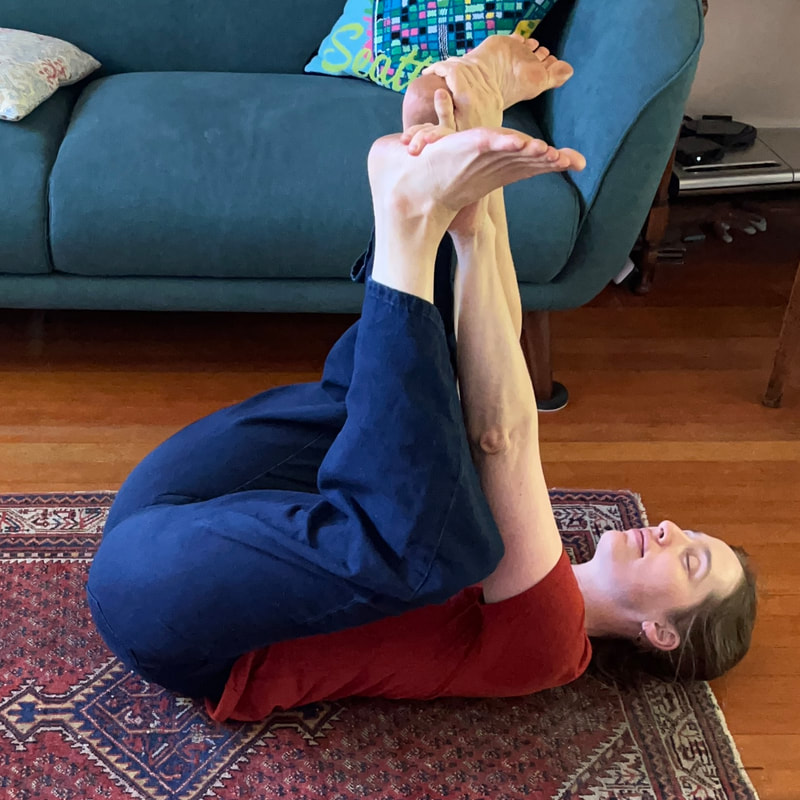
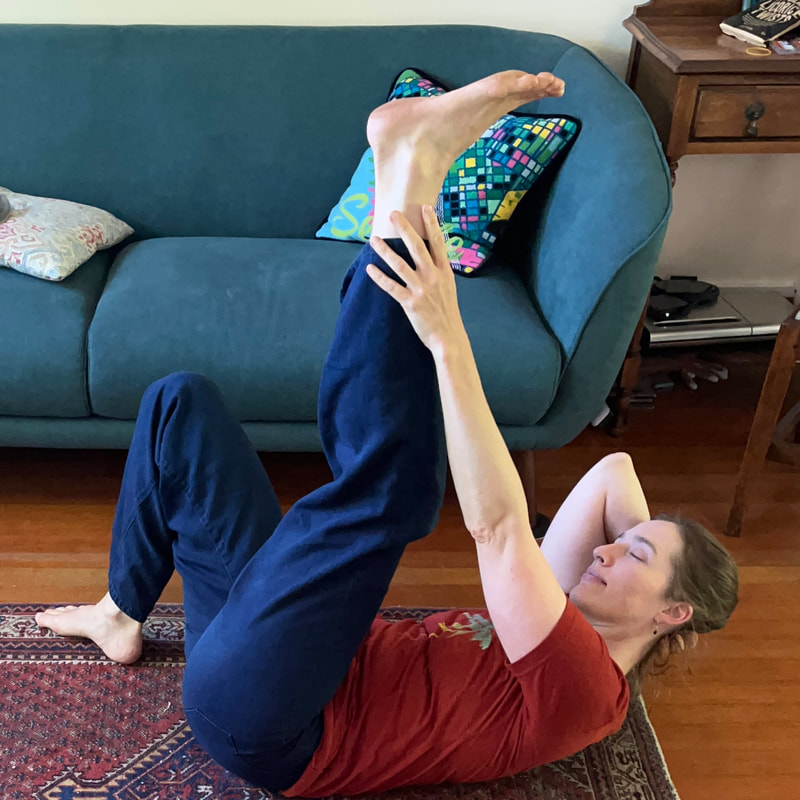
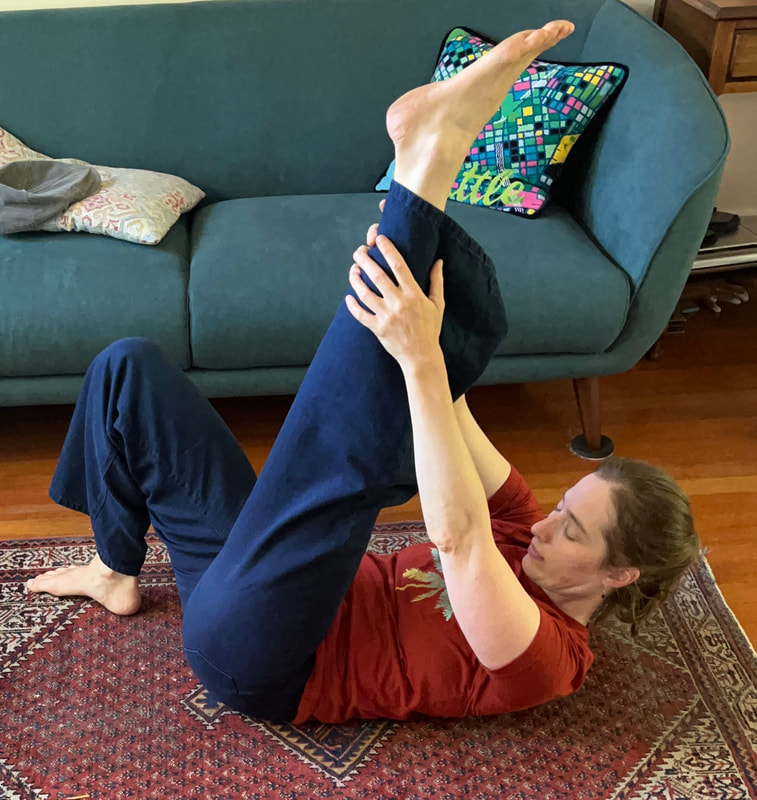
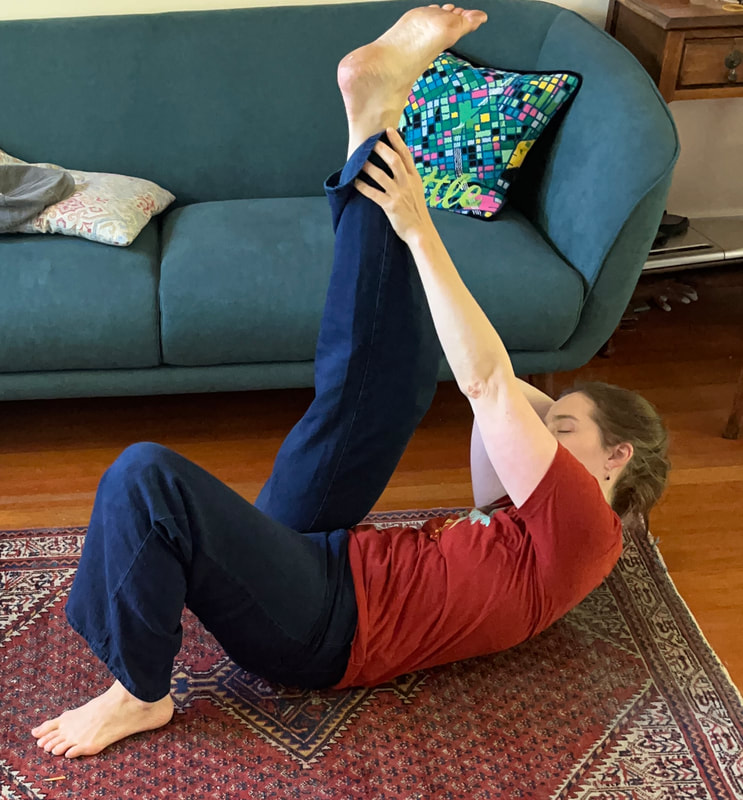
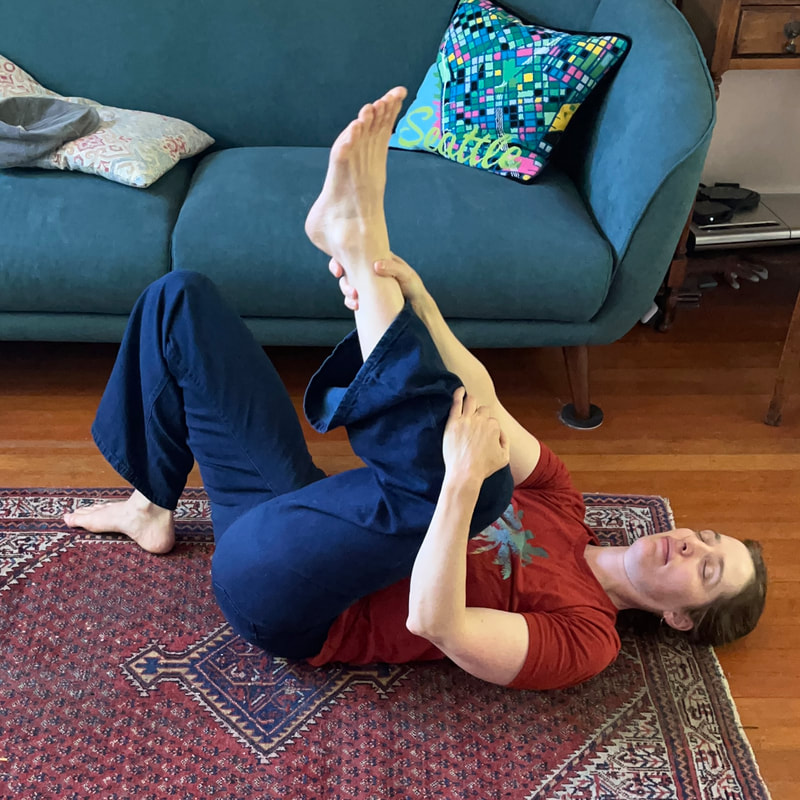
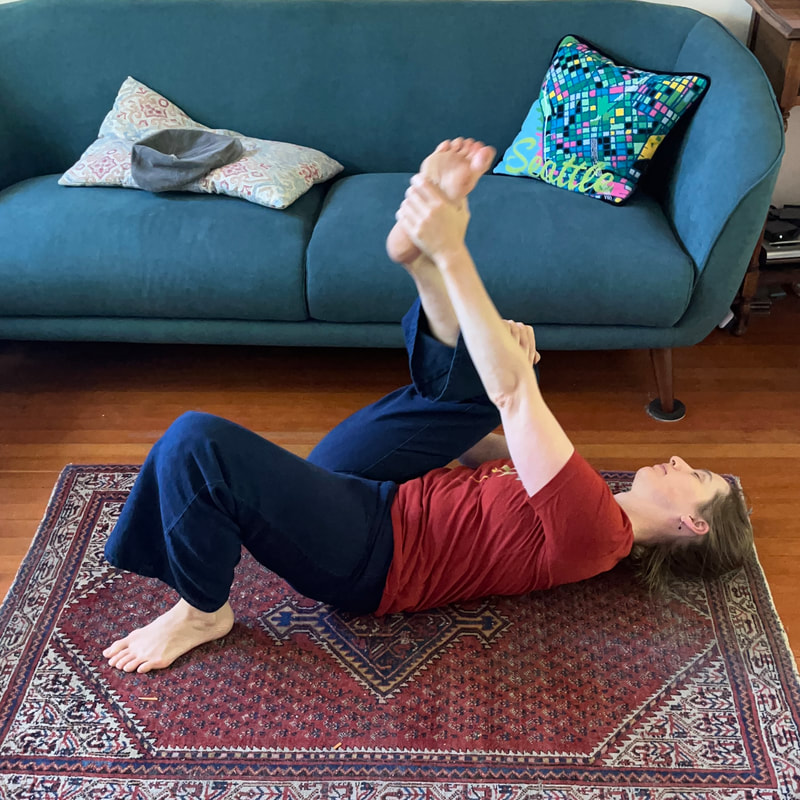
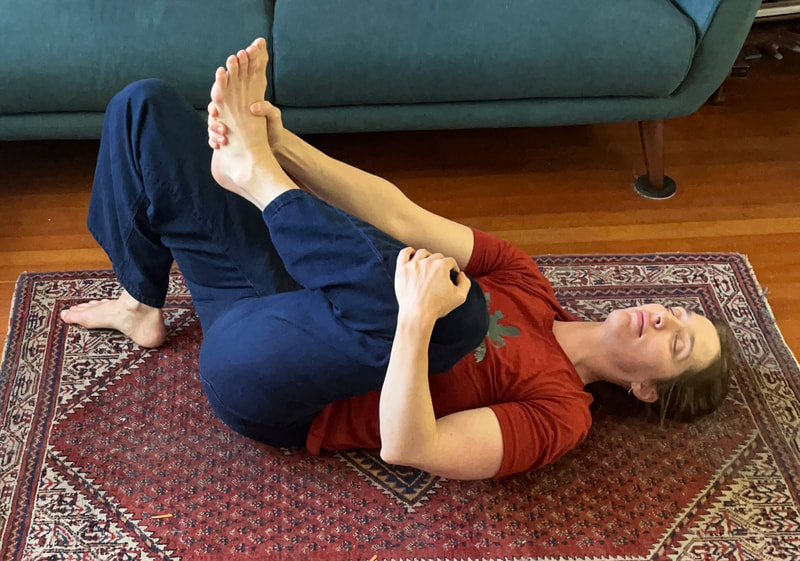
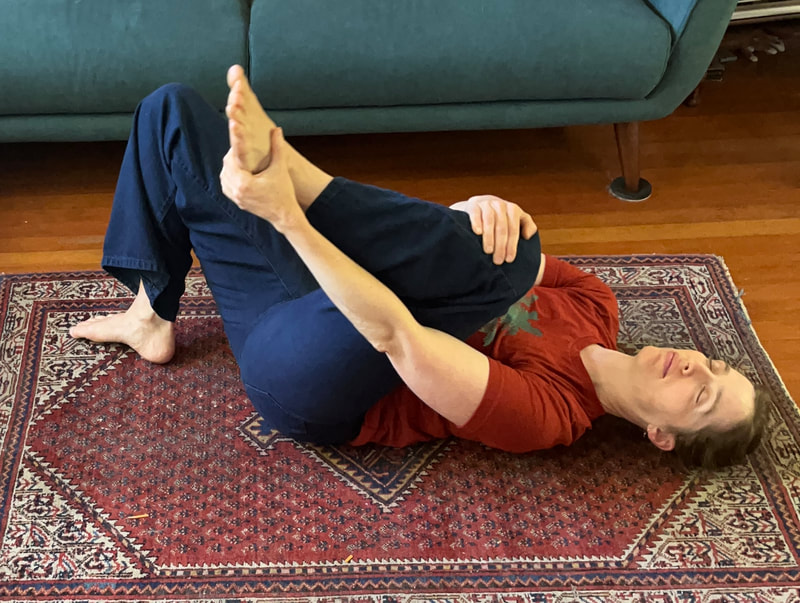
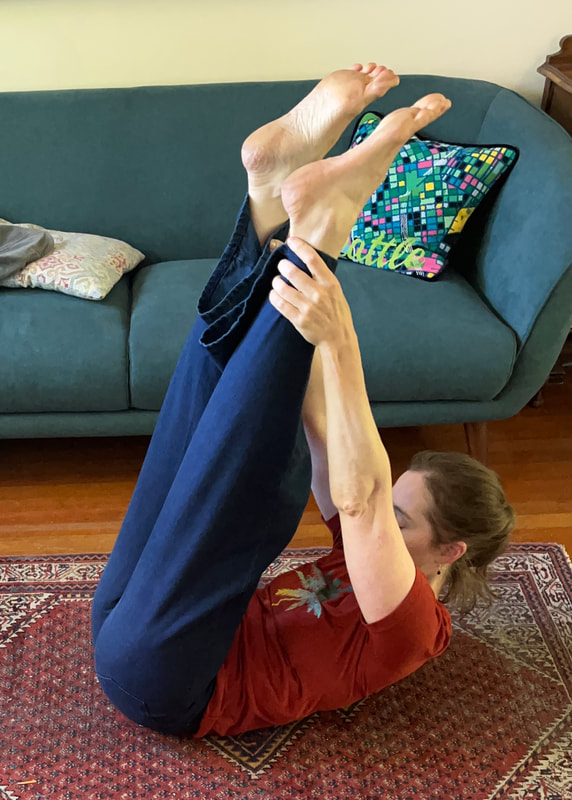
 RSS Feed
RSS Feed